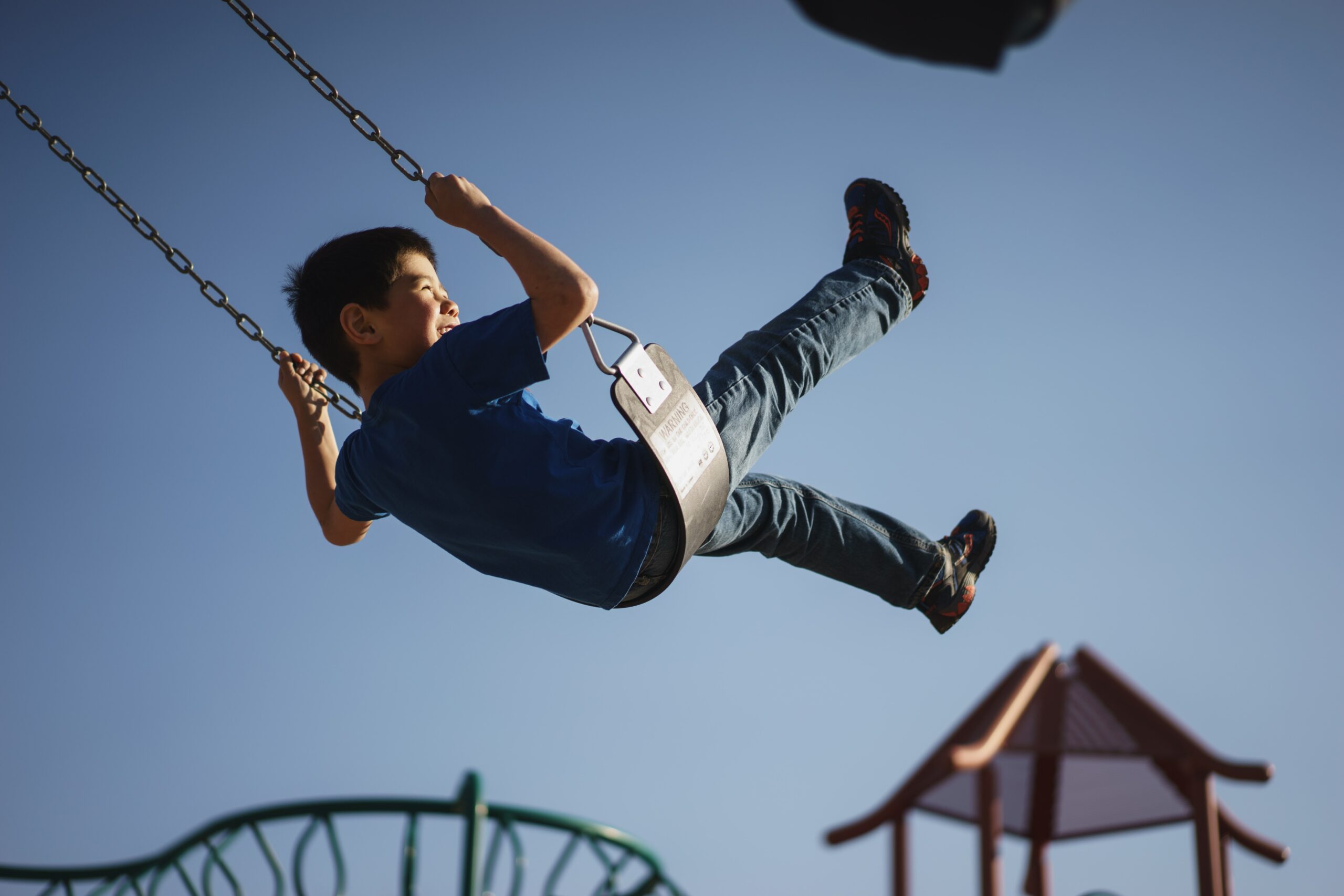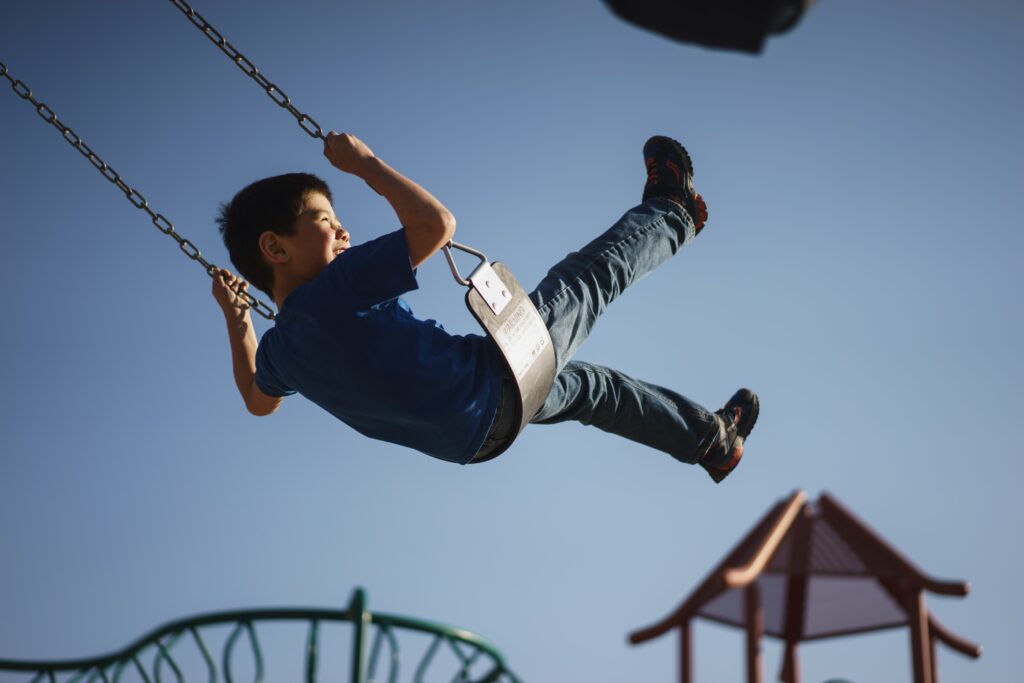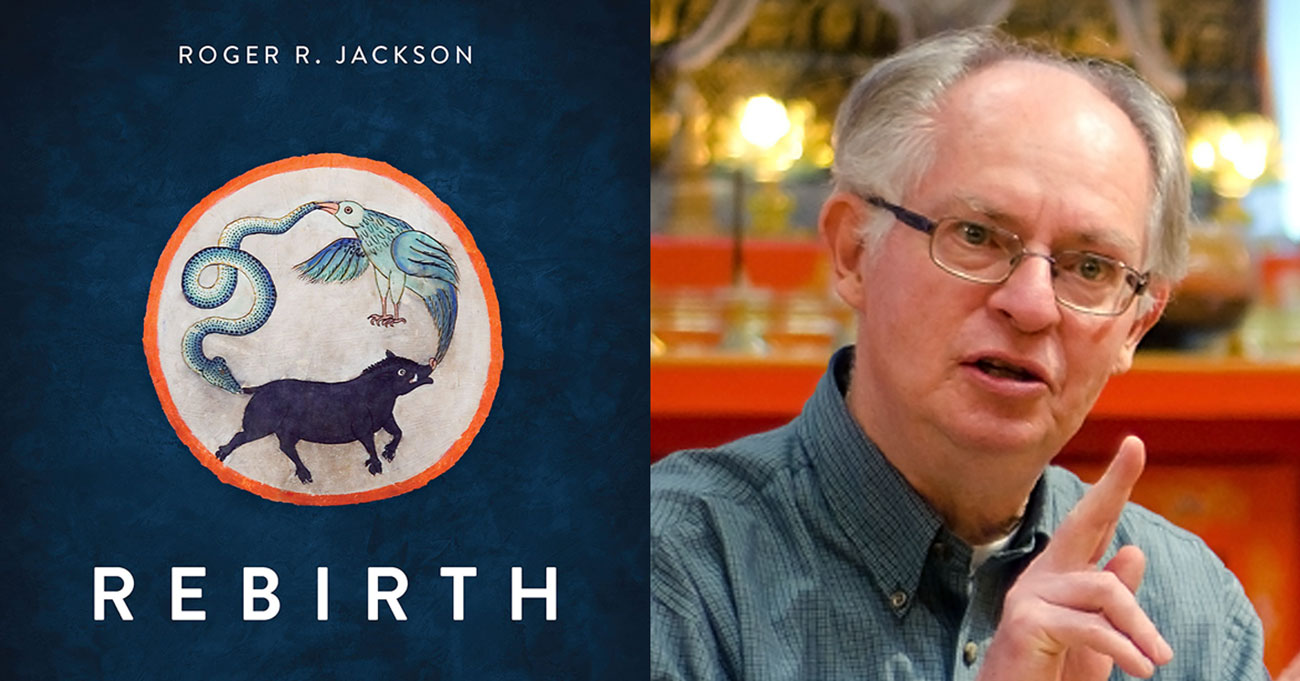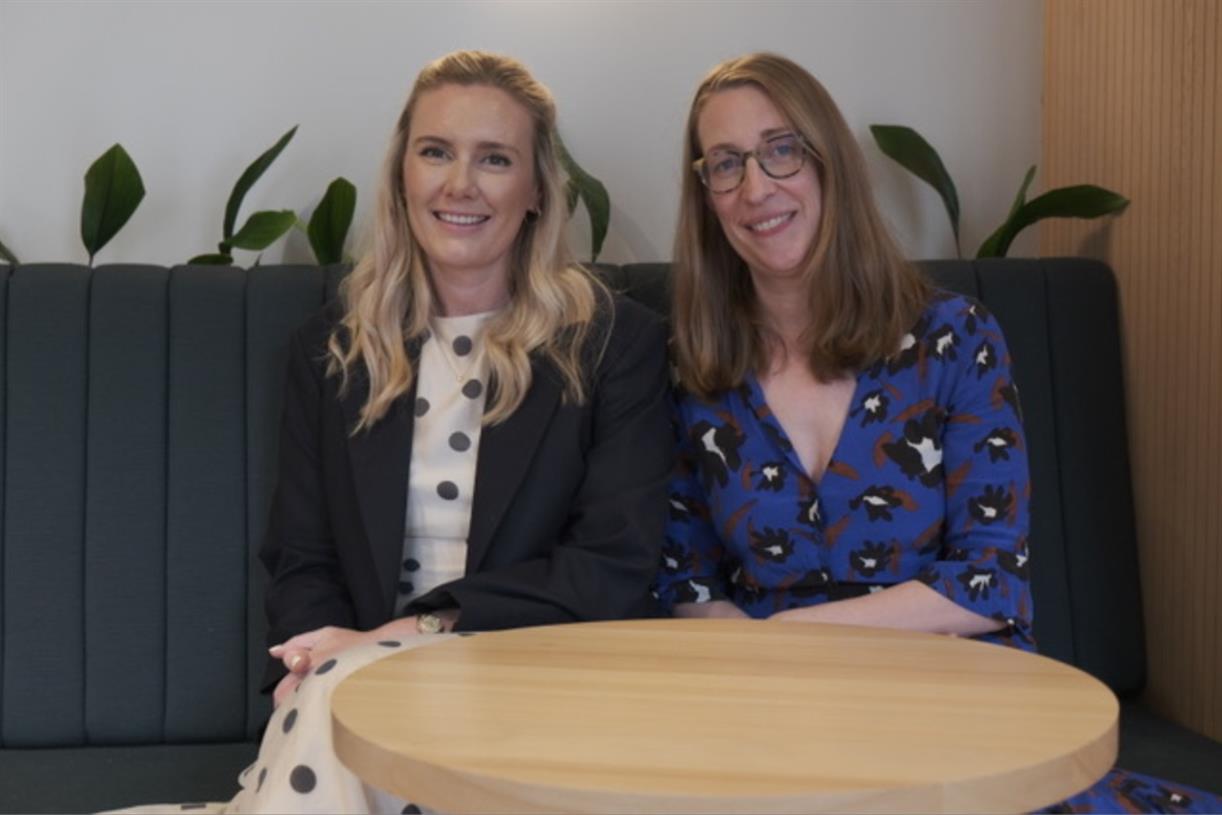9 Lessons Minimalist Living Will Teach Your Children
After welcoming our fourth baby into our family two months ago, I’ve found my usually active self spending significant stretches of time settled in our Lazy Boy. Amidst the frequent feedings and baby snuggles, I’ve also been doing a...


After welcoming our fourth baby into our family two months ago, I’ve found my usually active self spending significant stretches of time settled in our Lazy Boy. Amidst the frequent feedings and baby snuggles, I’ve also been doing a lot of observing.
My observations lead to the same conclusion every time: I’m grateful we are choosing to raise our children in a minimalist home.
Why?
Because the lessons I’m seeing this simpler lifestyle provide our kiddos are invaluable.
Children who are raised in a minimalist home will naturally have a different childhood experience than those raised in a “standard” American home. The message the home environment sends shapes children’s world view; it’s where they first learn what’s most valued in life.
The majority of American children today live in houses packed with stuff. Consider toys.
The United States has 3% of the world’s children and 40% of the world’s toys. The average American child, at any given age, has between 70 and 100 toys—and some as many as 200. (That’s a lot of stuff to manage. Especially if you have more than one child.)
While I’m not saying simple living is the only way to teach children valuable life lessons, actions (or in this case, lifestyles) do speak louder than words.
I’ve unquestionably seen positive changes in our daughters since transitioning to a minimalist lifestyle a year and half ago.
And if you’re living minimally as a family, I’m sure you’ve noticed similar growth in your children too.
Here are 9 lessons that living a simple, minimalist lifestyle will teach your children:
1. Appreciate what you have
When children are inundated with possessions, their sense of gratitude can become desensitized. Receiving something new holds less meaning and they may even feel entitled to receiving more and more. Children who own fewer things will learn to appreciate what they do have more deeply.
2. Live generously
When giving items away has been modeled frequently, children begin picking up this behavior. They will develop an awareness of helping people in need and will begin asking to donate things they don’t really love. Instead of holding onto an item they won’t use “just in case,” they learn to give it to someone who will use and love it.
3. Set boundaries (You don’t always get what you want)
In a minimalist home, children aren’t in the habit of getting new things anytime they desire. If they did, the home wouldn’t be minimalist anymore. Hearing “no” and having limits set on the amount of space their things can occupy teaches children the importance of boundaries. This prepares them for life as adults (where you don’t always get what you want). You can still spoil your kids, but spoil them with quality time, undivided attention, and experiences, not stuff.
4. Care for what you own
When toys break or books tear, children will learn to fix them—not impulsively ask to buy new ones. Possessions are not viewed as disposable, but as treasures (when children own just what they love) that need to be cared for.
5. Happiness isn’t found in stuff
When a child’s environment isn’t focused on possessions more space for experiences and family connection emerges. As children learn to find joy and fulfillment in areas other than material possessions, (and see this modeled at home) they will learn that true happiness isn’t found in stuff.
6. Take turns (and share)
To maintain a home with fewer possessions, a family with multiple children may not own duplicates of a toy. This teaches sharing and turn taking as children habitually wait to play with a toy. (“Two girls, one toy. I wonder what you think we should do about it,” is a go-to phrase of mine. This allows our daughters to problem solve how they will share.)
7. What “enough” feels like (And that clutter can feel overwhelming)
Children in a minimalist home develop an awareness of the environment’s effect on how they feel. They become accustomed to living in a balanced environment with just enough stuff. If a living space becomes too cluttered, they notice the space feels different. Many kids prefer a space with more order and less stuff—simply because it feels better.
8. Think independently
A minimalist lifestyle isn’t the American norm, and children will realize their family lives differently than many of their friends’ families. Children will become comfortable with this and eventually realize that happiness doesn’t come from doing something just because everyone else is doing it (or living a certain way because everyone else is). They’ll learn to think for themselves and live according to their values, not society’s.
9. Help out around the house
With less stuff to maintain, chores take less time and effort, making participation in home maintenance easier. With fewer toys to pick up, fewer dishes to put away, and fewer clothes to fold, kids will be able to complete their tasks in a reasonable amount of time. This makes them more willing to help around the house because chores aren’t overwhelming.
Minimalist living has been a win-win for my husband and me (less stress, more quality time together, more free time). And the ripple-effect this lifestyle’s had on our children has only been positive.
If you’re considering minimizing but aren’t sure it’d be a good fit with a family, I encourage you to go for it.
The values a lifestyle with less can instill in your children are worth the time and energy spent decluttering.
The lessons minimalism is teaching our family are invaluable. I have no doubt simple living could be a positive experience for your family too.
About the Author: Julia Ubbenga is a freelance journalist whose teachings on minimalism, simplicity, and intentional living have reached thousands of people worldwide through her blog Rich in What Matters. Julia practices what she preaches in her Kansas City home with her husband and four children.

 ValVades
ValVades 
































